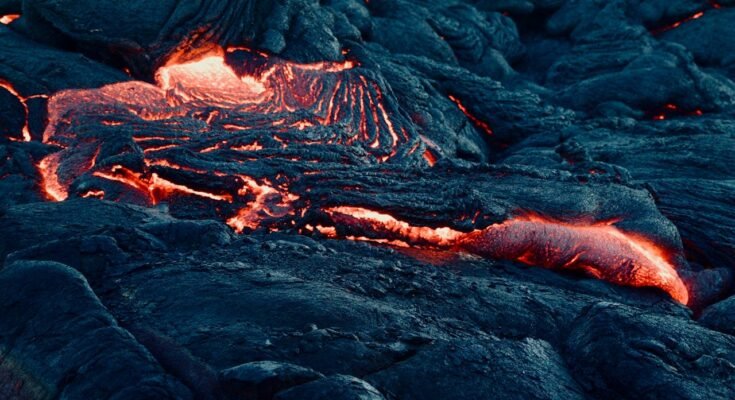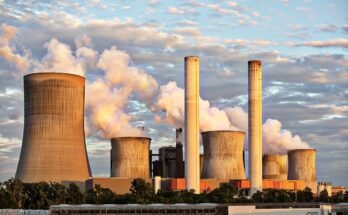The environment is the natural and man-made world that surrounds all of us. It is everything: the air we inhale, the water we drink, the land we inhabit, the animals we share this world with. From the great oceans to the littlest microbes, everything is a part of that balance that keeps life going. Let’s explore how to think about the most essential elements of our environment and why they are important.
1. Air: The Breath of Life
Air is the unseen but vital combination of gases that envelops the Earth. Composed mostly of nitrogen, oxygen, carbon dioxide and other trace gases, the air we inhale is vital to life. Plants release oxygen in the process of photosynthesis, and animals and humans need that oxygen to live. The air quality in our immediate surroundings can have a profound impact on our health, climate and ecosystems.
Regrettably, human activity — industrial emissions, deforestation — has sullied the air. That pollution is a cause of global warming, climate change and respiratory diseases. It is imperative we strive to decrease our emissions for clean air.
2. Water: The Lifeblood of Earth
With approximately 70% of the Earth’s surface covered in water, it is an essential aspect of our environment. It exists as water in rivers, lakes, and oceans, but also in the atmosphere as vapor. Water is the key to life for all living beings. Plants, animals, and humans need clean water, for drinking, for irrigation, for hygiene.
But not everyone has that access to clean water. Water access and quality are crucial for human health and development; yet many areas across the world are facing the adversities of water scarcity and pollution adversely affecting the health and livelihoods of millions. Preserving this precious resource is crucial through protection of water bodies, pollution reduction and sustainable water management.
3. Land: The Foundation of Life
The land (soil, rocks, vegetation) is the source system for the systems of life on the land. It allows space for plants to grow, animals to live and humans to construct homes and cities. Healthy soil is the basis for agriculture, enabling us to plant and produce food for the world’s population to consume. The land is also home to countless species, from insects to big mammals.
The land has been put to good use, but unfortunately it has been misused over the years — deforestation, urban sprawl, over-farming, etc. — and the damage to the environment has been irreversible. Soil degradation, desertification, and habitat loss are endangering biodiversity and the sustainability of our planet. Preserving the delicate balance of our ecosystems requires sustainable land use practices.
4. Biodiversity: The Web of Life
Biodiversity is the name given to all living things, from tiny organisms to large beasts and towering trees. The various species that co-inhabit and coexist in ecosystems represent the “Web of life.” Every organism serves a purpose, from pollinating plants or breaking down organic matter or keeping pests in check. The decline of biodiversity may interfere with such functions, causing cascading impacts to ecosystems and human societies.
Efforts to conserve endangered species and their habitats, and to tackle habitat destruction and climate change, are crucial to biodiversity. Healthy ecosystems produce a more robust environmen for future generations.
5. One Pillar Of Influence: Anthropogenic Change
Although humans are part of the environment, we have become its most dominant shaper. The activities that constitute human civilization — industrialization, agriculture, urbanization — have in turn greatly transformed the Earth’s ecosystems. Some of these changes have enhanced the quality of life for much of the world, but others have brought on environmental degradation, resource scarcity, depletion and climate change.
Pollution, deforestation, climate change, loss of biodiversity: these are all symptoms of human activity, which in turn are symptoms of how we interact with our environment. As a species, we possess the ability to reverse or lessen these effects. We can regain equilibrium by adopting sustainable practices like reliance on renewable energy sources, waste reduction, conservation of natural resources, and many other sustainable practices.
6. Why Environmental Stewardship is Important
It also could be that the environment is a fragile system in which life builds upon life, and that we are not just the environmental backdrop. All of ours actions—good or bad—impact those around us. Environmental stewardship is the responsible use and protection of the natural environment through conservation and sustainable practices.
Everyone, from individuals to communities to governments and organizations, plays a part in this stewardship. Read More From Heavy[Related] By living sustainable lives, supporting environmentally protective legislation, and preserving habitat, we can help to create a balanced and healthier environment we and our offspring will be able to thrive in.
Conclusion
Our environment consists of all surrounding things, including the air, water, land, and all of the other organisms that live in it. It is a delicate dance of interdependent ecosystems that support life in its many diverse forms. When the world is becoming more and more challenging from the ecological point of view, we ought to know and accept our responsibility for protecting and saving the environment in a better manner. Once we grasp the basic components of our surroundings and their relationships, we can start making decisions that guide us toward a more sustainable and balanced future.



